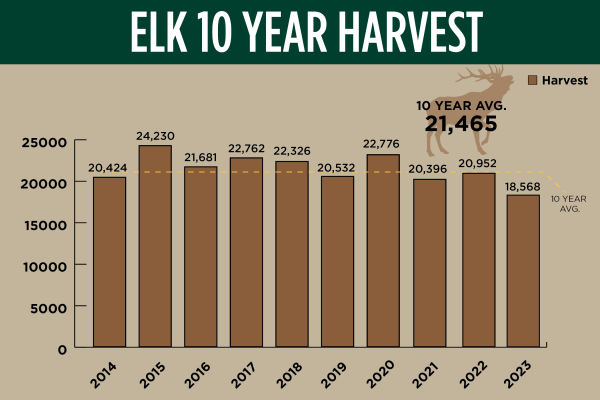Late-Season Deer Hunting Welcomed
By Glen Wunderlich
Outdoor Columnist
Member Professional Outdoor Media Association
Deer hunting season has wound down for many hunters, and for the time remaining, tactics may have to be altered to add venison to the freezer. Gone are the hunters who have no time. Gone are most successful hunters, who can enjoy bragging rights for another year from the comfort of their living rooms. Gone are all but the staunchest of archers. Gone are thousands of deer unlucky enough to have been harvested by the traditional throng of weekend warriors. Gone is the mild weather. Enter the hunter.
Opening day always holds promise of success for even the least experienced afield. Sheer numbers of hunters account for deer movement, sightings, and harvest numbers. However, as anyone still afield can attest, circumstances have changed. Any whitetail that has remained – regardless of its age – has gained valuable, yet inadvertent, educational experience courtesy of hunters and the surviving members of the herd.
One of the reasons I frown on September’s antlerless season is that fawns have not had an opportunity to be educated by their mothers in the ways of survival. In addition, they are a scant three to four months old and depend on their mothers for nourishment and survival skills. Taking deer that early seems a bit too cruel – even for this natural predator. While I believe that the herd needs to be balanced, I also believe there are better ways to do it – and, that’s where late season hunting has its place.
December deer are not found frolicking in the fields in broad daylight. But, as the cold winds blow and snow hides low-growing food sources, they enter survival mode and begin to venture into more open areas for nourishment. As the season progresses and temperatures turn icy, food becomes more scarce. The browse lines move farther and farther upward and become out of reach for all but the largest of deer. Apples have become fertilizer and cash crops have become cash. Less supply of sustenance and more demand offer a real-life lesson in field economics, as evidenced by the propensity of deer to venture into more open areas during daylight.
The realization of this fact, and those already mentioned, is why I feel no desperation to harvest deer in October and even November. For me, December hunting involves shelters, heaters, warm gloves and boots. It requires good optics to ensure adults are being targeted, and if in late antlerless season, to ensure bucks with shed their antlers are not mistaken for large does. For me, late season hunting also mandates a firearm capable of long-range accuracy from a steady rest, because I won’t be tormented in any treestand waiting for deer to walk under me. I salute those tough enough to endure the bitter elements head on but I’ll opt for precision shooting facilitated by comfort.
Fawns will have graduated from the ranks of rookies in December, although in so doing offer no meaningful reason to be taken, as long as adults are available. Heck, for all we know any button buck holds the potential to become trophy-class, if permitted to live. I also smile within, when spotting an adolescent buck in December, knowing he, as well, has a fair chance at adulthood. In fact, last muzzleloading season, three such bucks were within my range on the first day; each was permitted time to achieve his potential.
I say goodbye to early fall conditions and hello to a bountiful late-season harvest.







